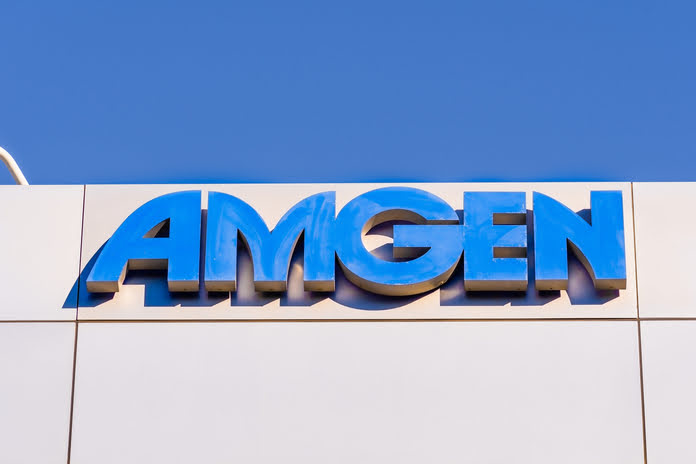The biotech arena is buzzing with excitement over weight-loss drugs, with projections indicating substantial market growth by 2032. This analysis delves into the potential of two key players vying for dominance in this lucrative sector.
Eli Lilly (NYSE:LLY) has captured investor attention with its weight-loss medications, Mounjaro and Zepbound, posing a challenge to competitors like Novo Nordisk’s Wegovy and Ozempic. Beyond weight loss, Eli Lilly boasts a robust portfolio addressing critical conditions like diabetes, Alzheimer’s, and cancer.
On the other hand, Amgen (NASDAQ:AMGN) is a newcomer in the weight-loss domain, currently in Phase 2 trials with its candidate. While the market’s size offers room for expansion, Amgen’s journey to match competitors’ success might take time.
In 2023, Eli Lilly’s stock soared by 59%, outpacing the S&P 500’s gain, while Amgen registered a modest 10% increase. Despite the allure of weight-loss drugs, assessing other products’ strengths in their portfolios is crucial for future growth prospects.
Amgen’s Diverse Portfolio Outlook
Established in 1980, Amgen boasts a diverse product line spanning oncology, hematology, cardiovascular diseases, and more. Its foray into the obesity market with MariTide shows promise, with Phase 2 trial data anticipated in late 2024.
Recent preclinical studies published in Nature Metabolism showcased MariTide’s potential to induce weight loss. Additionally, Amgen plans Phase 3 trials exploring its efficacy in various indications. Although success in the weight-loss market remains uncertain, Amgen’s pipeline includes other robust candidates.
Financially, Amgen reported a 20% revenue surge in Q4 2023, reaching $8.2 billion, with top performers including Enbrel, Otezla, and Prolia. Adjusted earnings witnessed a 15% increase in Q4 and 5% for the full year, supported by $1.5 billion in R&D spending during the quarter.
Management forecasts revenue between $32.4 billion and $33.8 billion in 2024, with analysts echoing similar sentiments. Despite varied analyst ratings, the stock holds an upside potential of 7.9% to 31% based on target prices.
Eli Lilly’s Growth Trajectory
Eli Lilly’s Mounjaro and Zepbound remain at the forefront, contributing significantly to revenue. In Q4, Mounjaro generated $2.21 billion, while Zepbound, FDA-approved for obesity treatment, amassed $175.8 million in sales.
Total revenue surged by 28% year-over-year in Q4 to $9.3 billion, driven by Mounjaro, Verzenio, and Trulicity. Adjusted earnings climbed by 19% to $2.49 per share, with heavy investments in research and development.
Anticipating a revenue range of $40.4 billion to $41.6 billion in 2024, Eli Lilly focuses on new products to sustain growth. Analysts project EPS within the $12.20 to $12.70 range, with optimistic forecasts for 2025.
Despite trading at a premium of 60 times forward earnings, Eli Lilly’s strong portfolio and pipeline make it an attractive long-term investment.
Conclusion
While Amgen presents a moderate buy opportunity, Eli Lilly earns a strong buy rating from Wall Street analysts, forecasting higher growth. With Eli Lilly and Novo Nordisk poised to lead global sales, Amgen faces challenges in penetrating the weight-loss market. Despite Eli Lilly’s high valuation, its proven track record and promising pipeline justify its appeal as a worthwhile investment.
Featured Image: Megapixl















